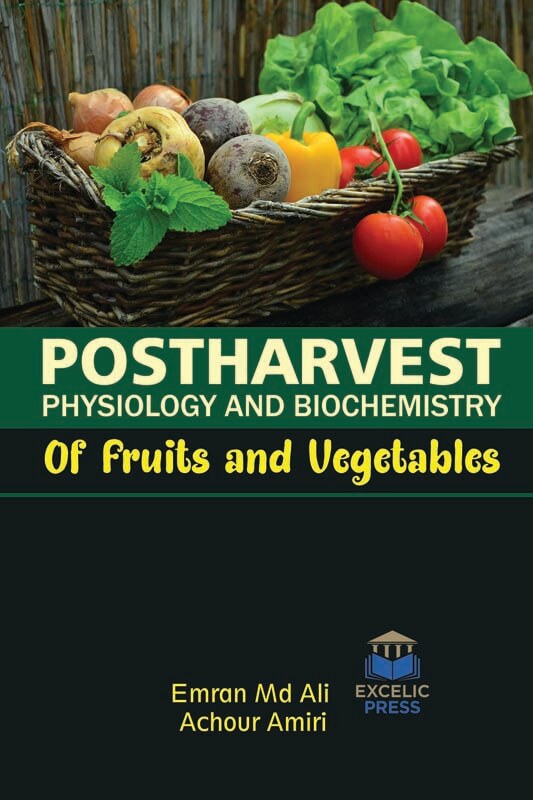Fruits and vegetables are good sources of micronutrients in the diet. However, they start to worsen instantly after harvest because of high moisture and abundance in nutrients that attract pests and spoilage microorganisms. Currently, the concept of postharvest management is not only limited to preserving the nutritional attributes but also prolonged up to flavor that includes aroma. Fruit ripening involves dramatic changes in the color, texture, flavor, and aroma of fleshy fruits. Both the palatability and nutritional quality of fruit are highly dependent on its consumption at an optimum stage of ripeness. However, ripe fleshy fruits are also perishable commodities, and this presents problems for fruit production, harvesting, storage, and marketing. Lack of postharvest management skills and technology like temperature control to preserve the cold chain, value addition, and packaging have instigated several economic and food security setbacks among them are high levels of poverty, hidden hunger, and malnutrition. Most aspects of chemical change as they relate to secondary metabolism in postharvest crops are at best incompletely understood. Even events of fairly general importance and which represent a major change, such as starch-sugar transformations, are not fully understood at the biochemical level. During ripening, the primary cell wall of fleshy fruits shows structural and compositional change, which leads to loss of firmness and facilitates the attack of pathogens, enhancing postharvest decay and reducing the quality of fresh fruit. To apply or develop new technology to extend the life of fruits and vegetables in the postharvest area, it is necessary to understand the physiology and biochemistry of fruits.
This book covers fruit physiology, recent trends, and future prospects in the postharvest management of fruits and vegetables. Besides color and appearance, flavor (taste and aroma), and nutritional value which are important attributes describing fruit quality and influencing consumer choices, the texture is a key parameter influencing not only the acceptance of the fruit by consumers but also their suitability to postharvest manipulations such as transport, storage, conditioning and, therefore, their final commercial value on the market. Harvesting at an early maturity stage is particularly achieved when the fruit is intended for longer shipping time. However, consumers are generally not satisfied by the texture properties and the low flavor of such fruits.
This book will serve as an authoritative guide on the science and technology of the postharvest sector, this book investigates the body of knowledge with prominence on the recent advances in the area.














Reviews
There are no reviews yet.